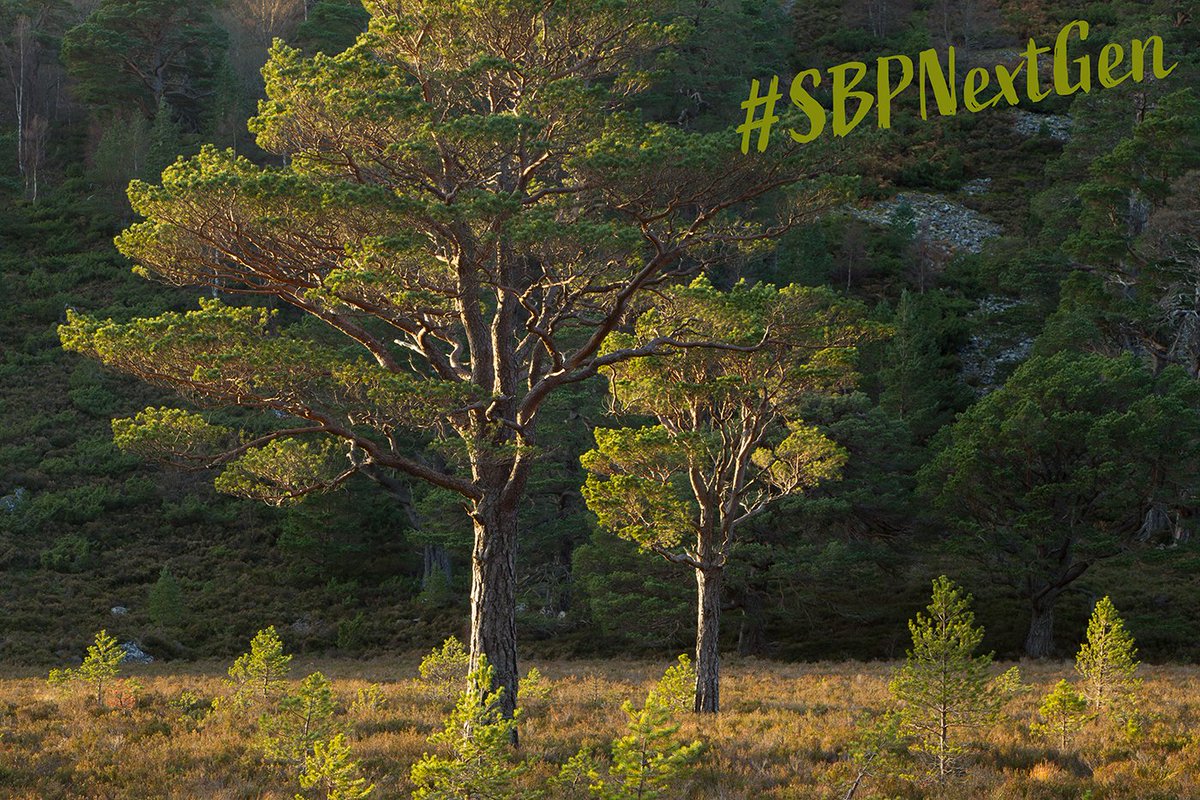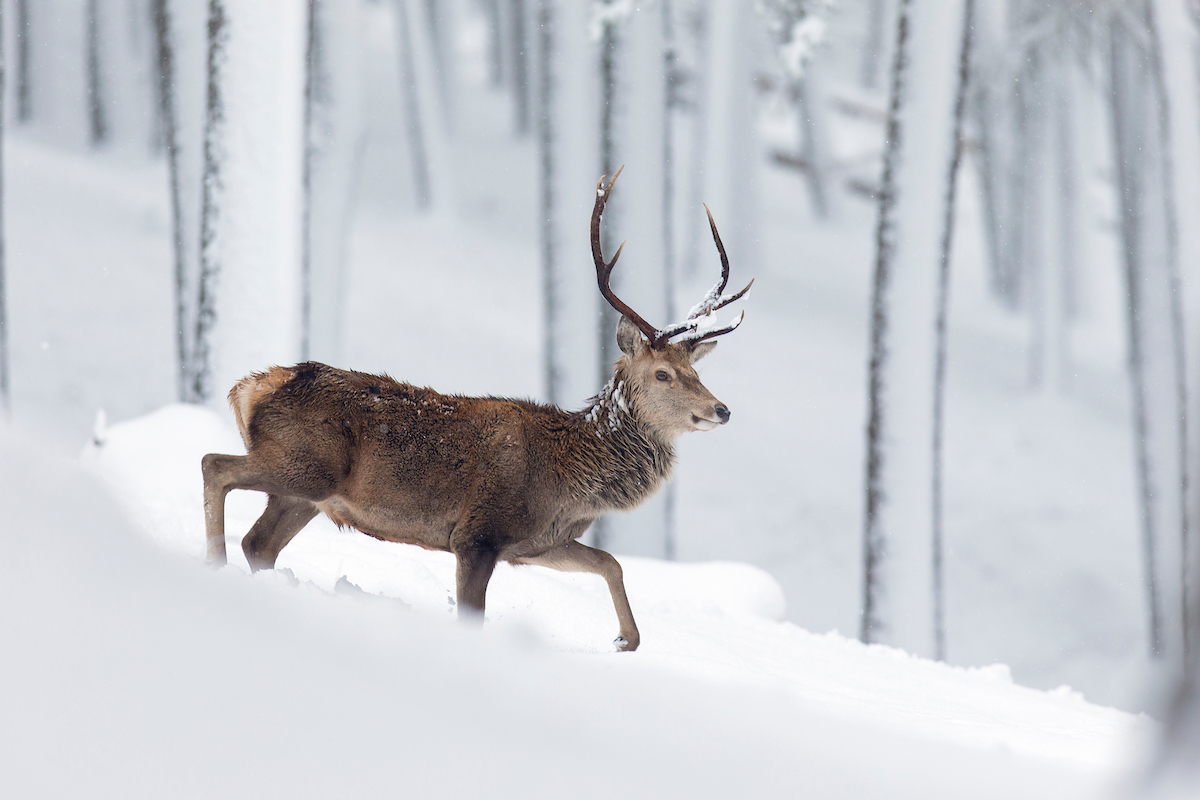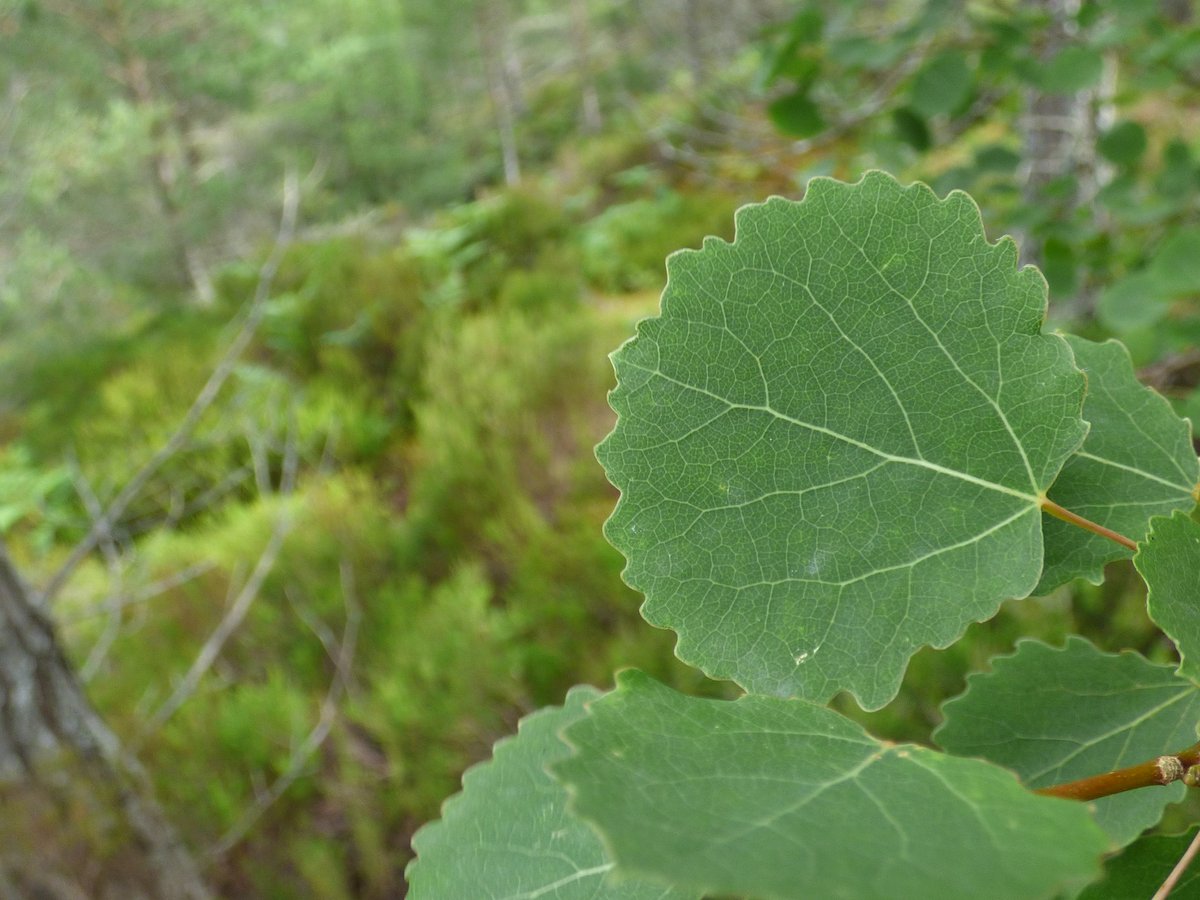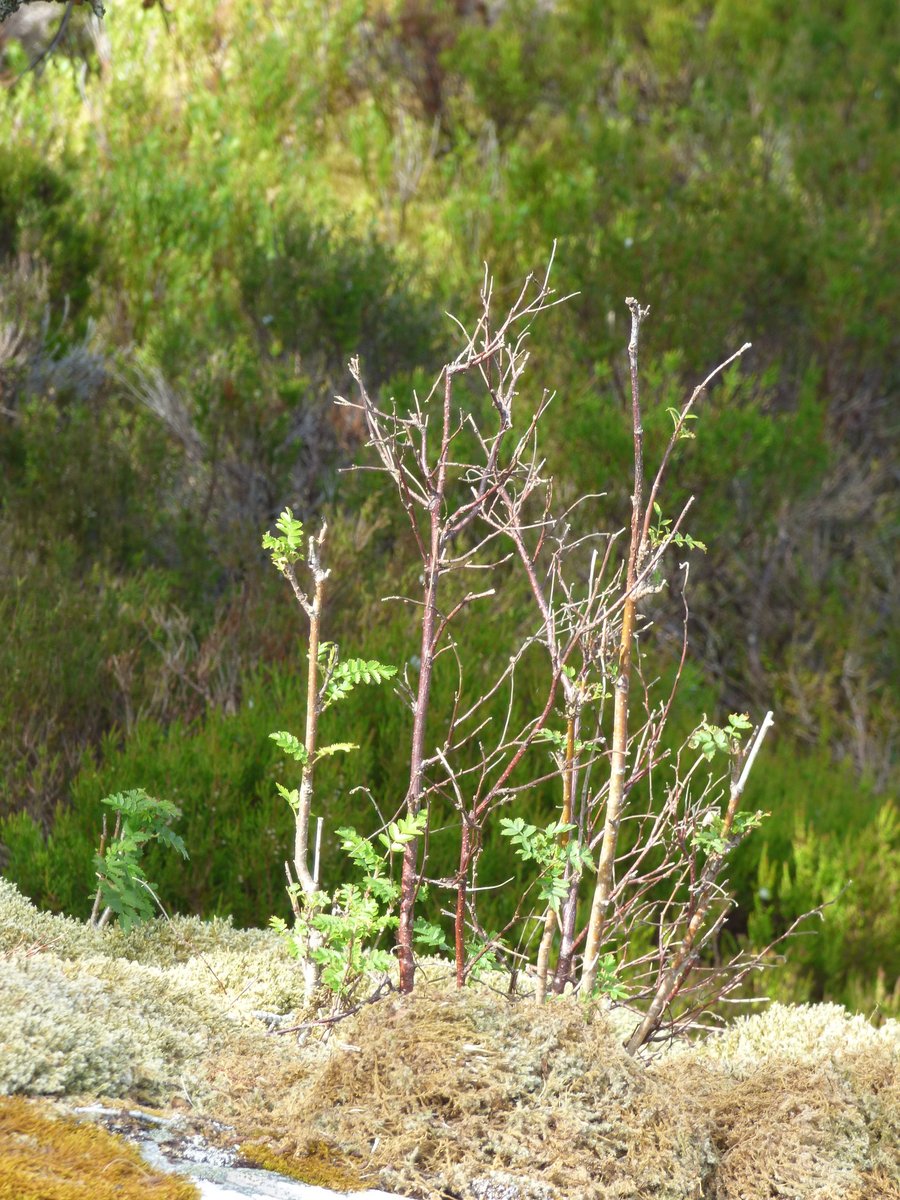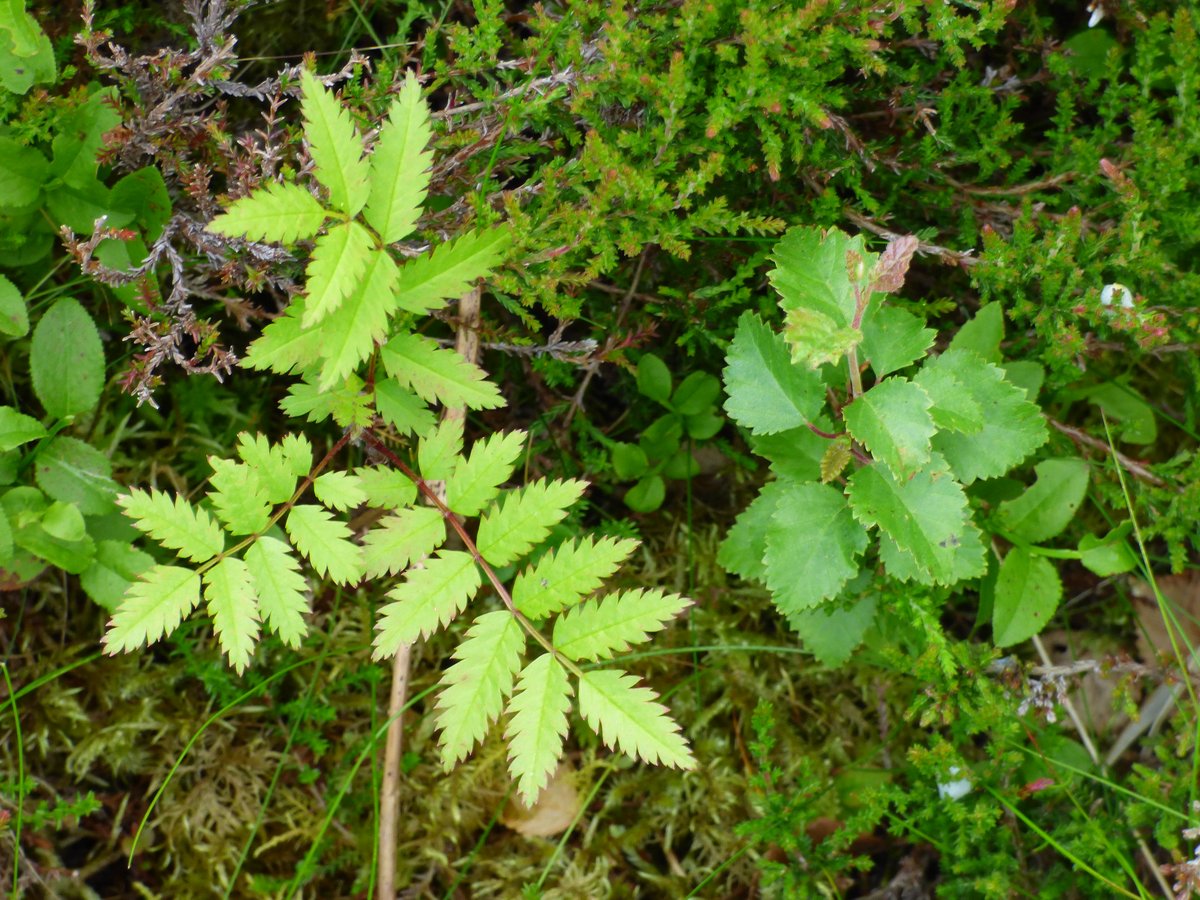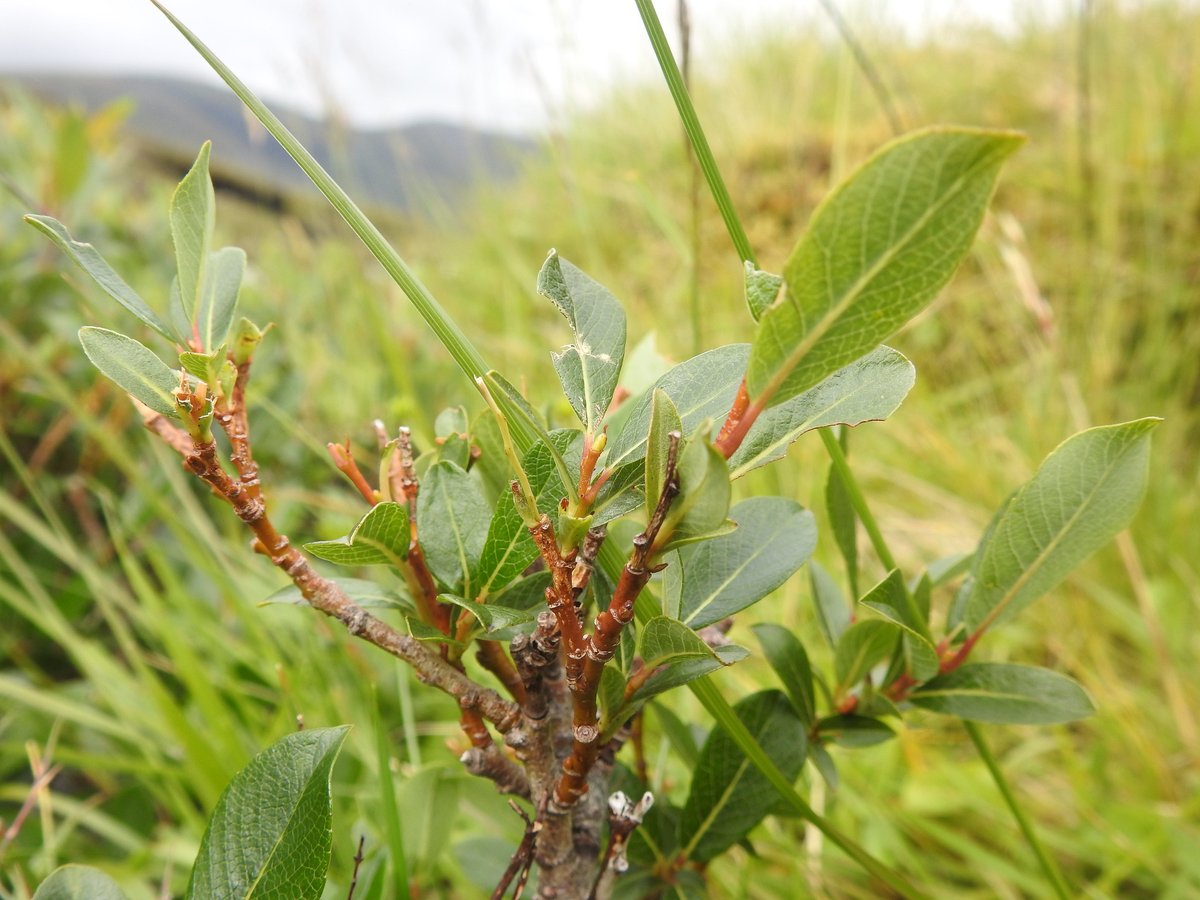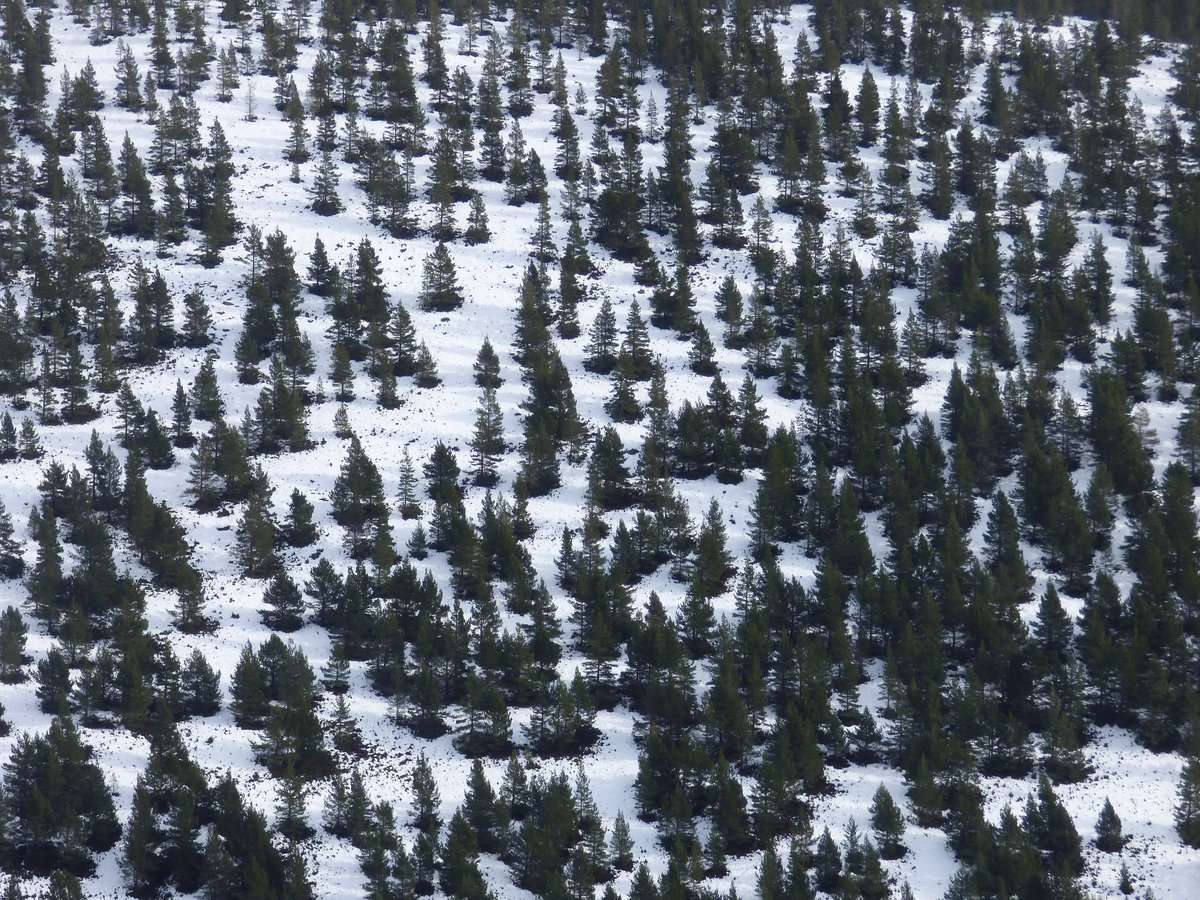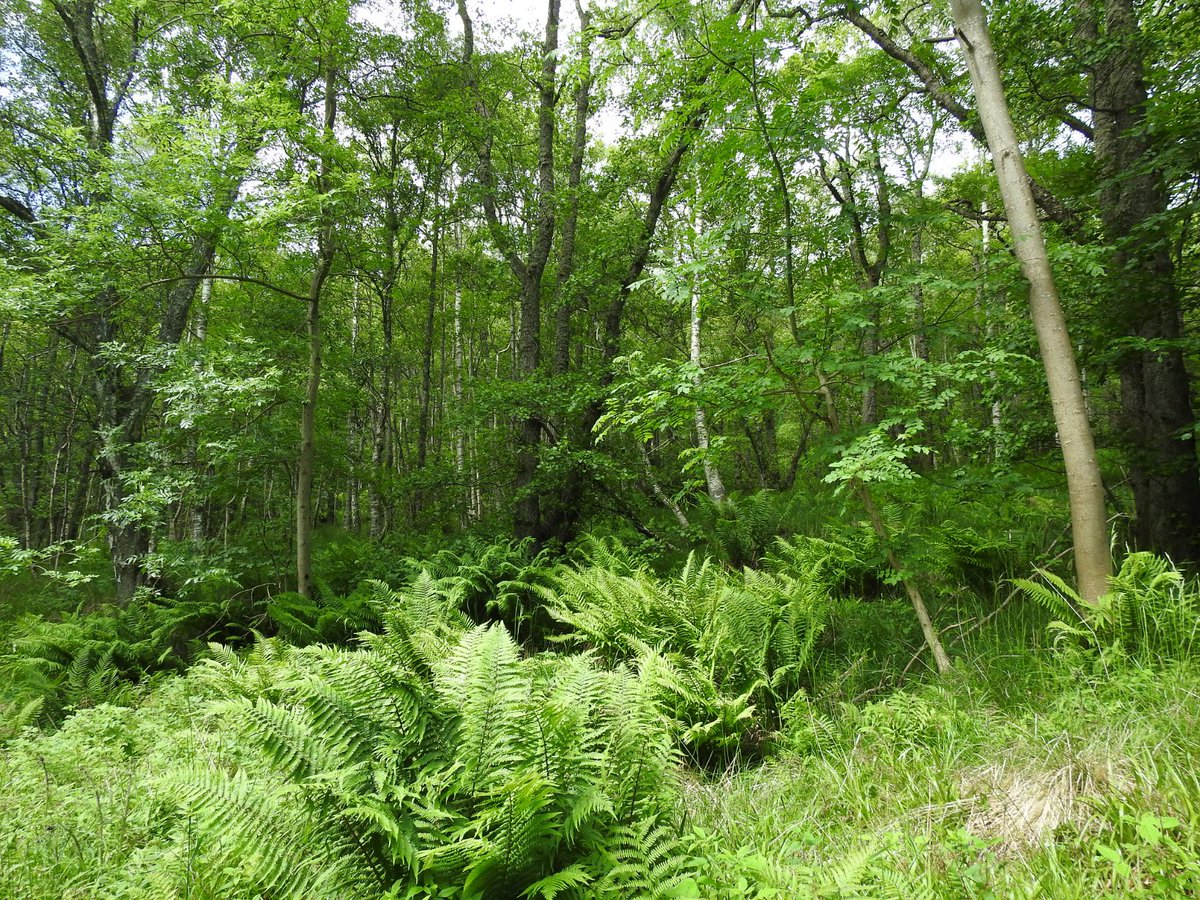We believe that young people’s voices should be valued, influence our decision-making & help to drive change.
This is why we've teamed up with some inspirational young conservationists to be our #SBPNextGen.
Today @PinkfootedGus talks about herbivore impacts in Scotland. 1/6
This is why we've teamed up with some inspirational young conservationists to be our #SBPNextGen.
Today @PinkfootedGus talks about herbivore impacts in Scotland. 1/6
"In Scotland, one of the biggest barriers to the regeneration of our natural vegetation cover is herbivory by high numbers of deer & livestock. How do we know when browsing/grazing levels are suitable to allow regeneration?" 2/6
"Certain species act as indicators. When it comes to trees, some are plainly less palatable (tasty) than others, eg. Scots pine needles are much less palatable than the juicy leaves of aspen, the latter often found confined to inaccessible ledges due to browsing pressure." 3/6
"When carrying out a herbivore impact assessment it is important to use a range of indicators. These can include dung counts, trampling indicators, browsing on tree species, species composition & the changes in growth form over time of dwarf shrubs such as heather." 4/6
"With low browsing pressure comes a richer diversity of vegetation species & structure, capable of supporting a richer diversity of life. If all the broadleaves are browsed out then we’re left with pine-dominated woodlands. Good for some but not for all." 5/6

 Read on Twitter
Read on Twitter